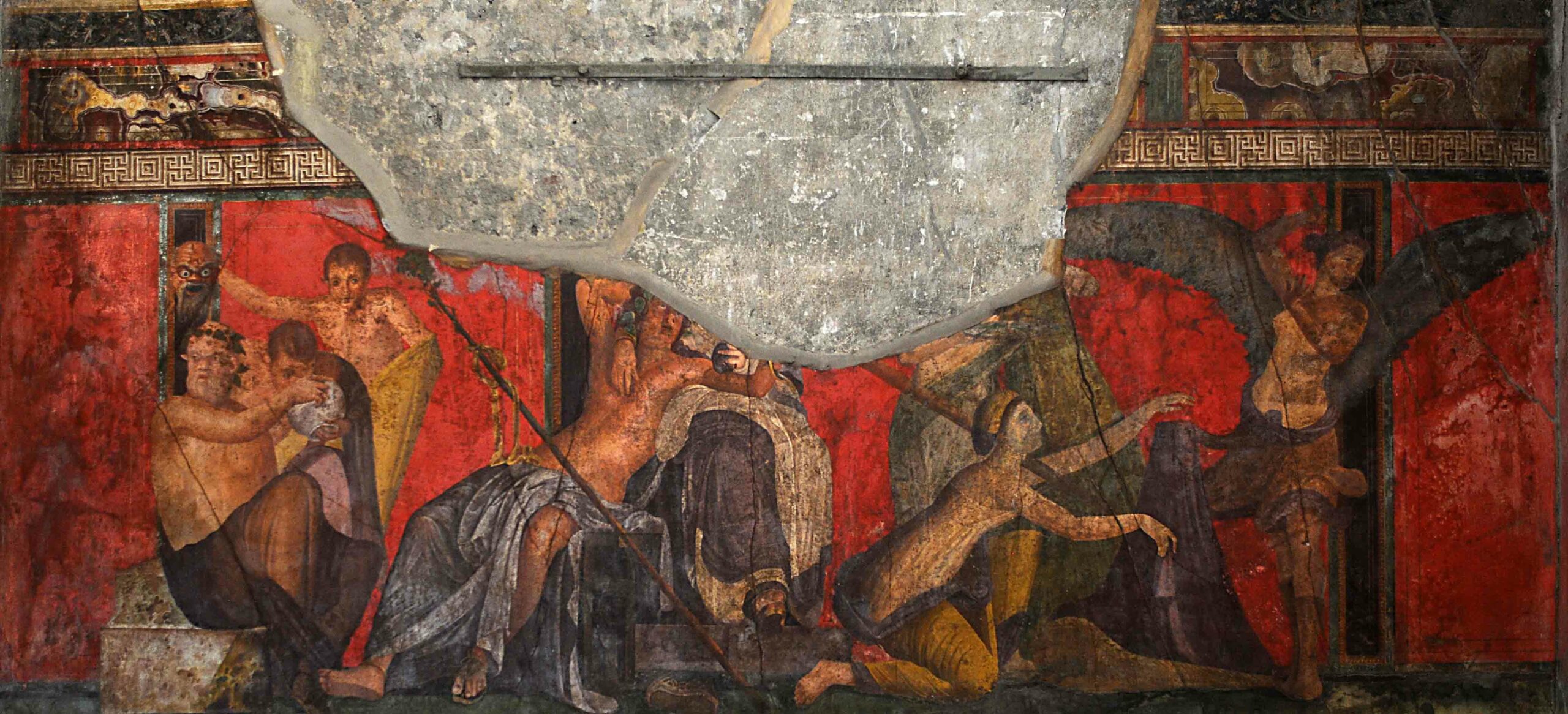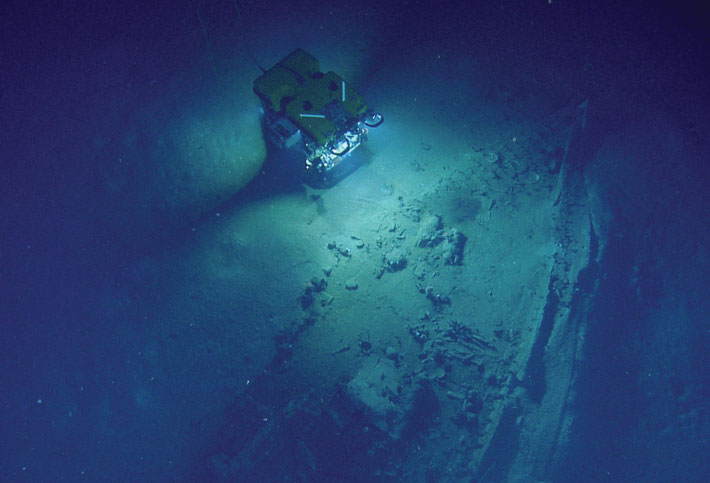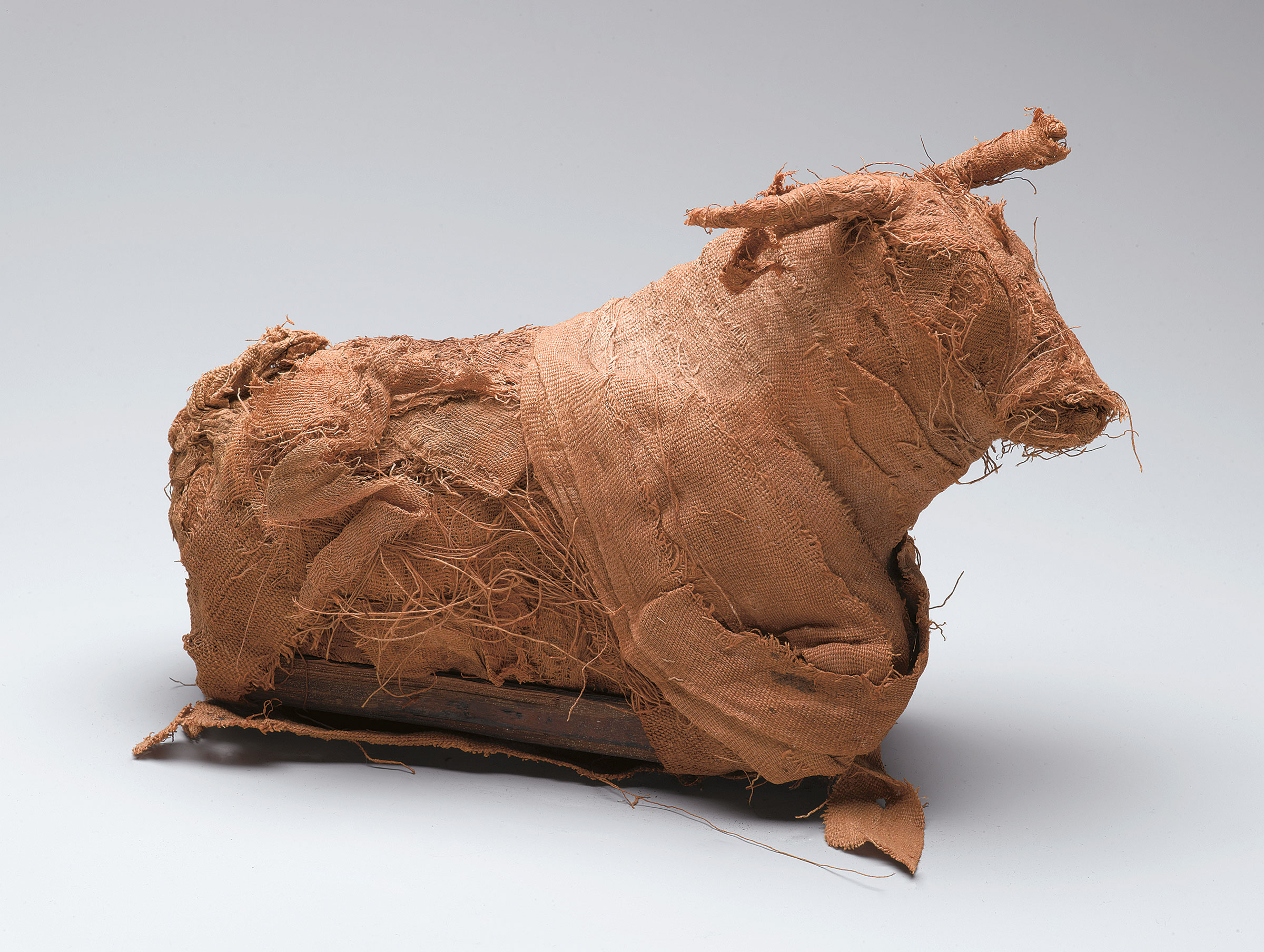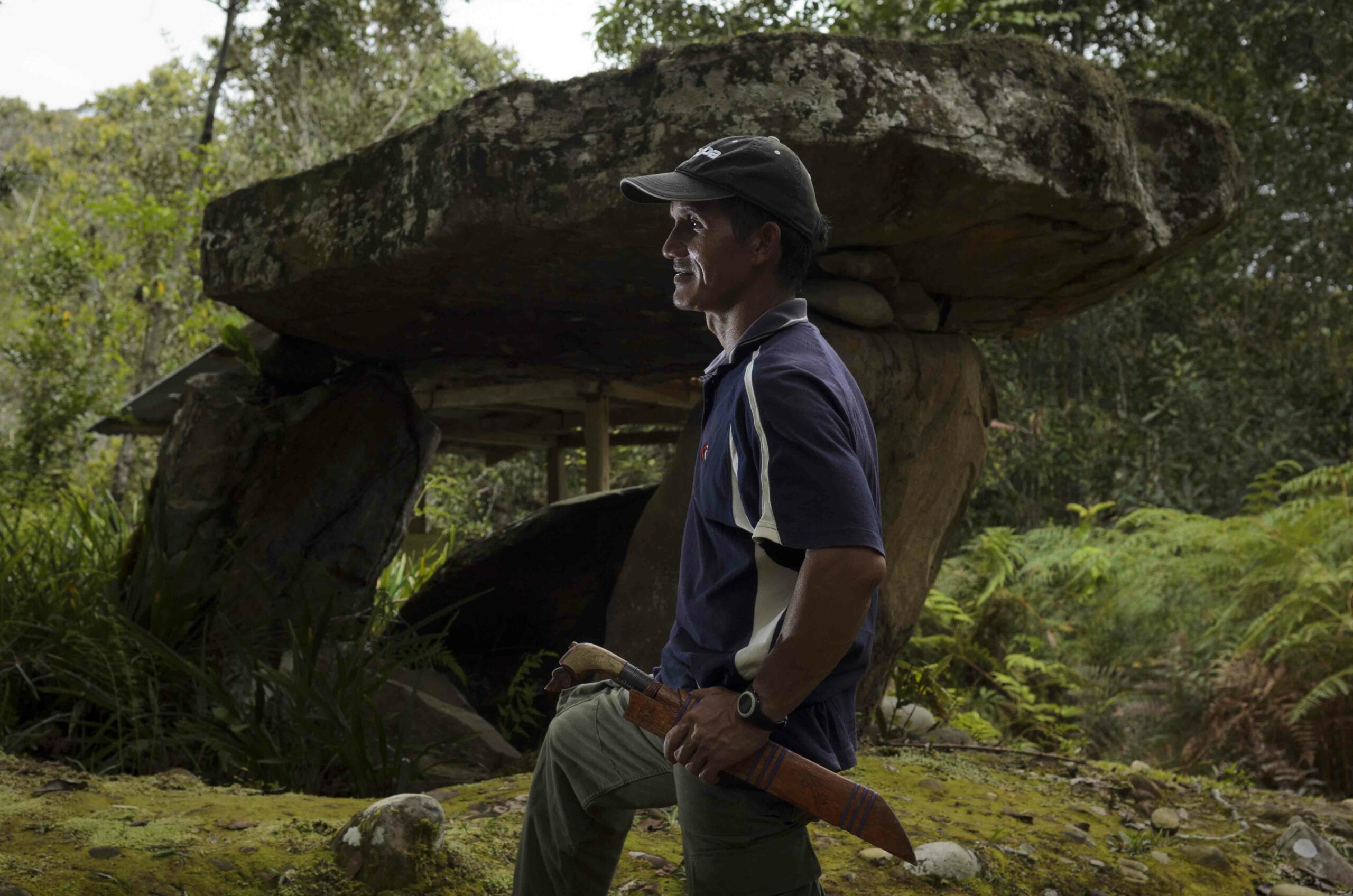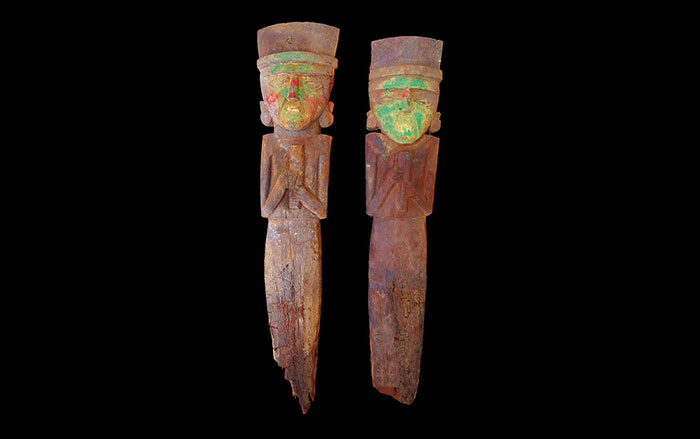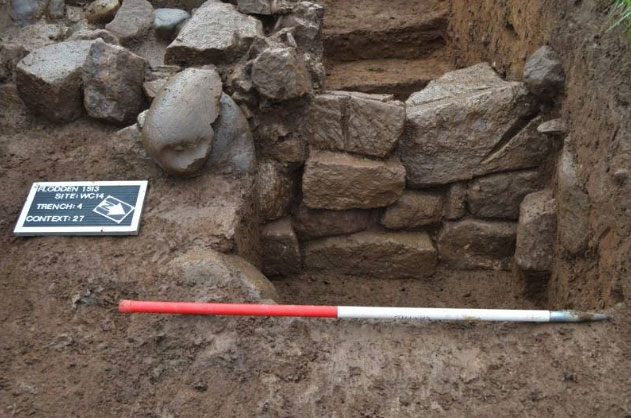
NORTHUMBERLAND, ENGLAND—Excavations have shown that Wark Castle, captured by the Scottish King James IV in 1513, one month before the Battle of Flodden, was twice as large as had been thought. “This helps us to understand why the castle was considered to be so important,” Chris Burgess, Flodden 1513 archaeology manager, told The Journal. After his victory at Flodden, the English King Henry VIII turned the castle, which is located on England’s side of the boundary between the two countries, into an artillery fortification and used it to prevent the Scots from crossing the River Tweed.






